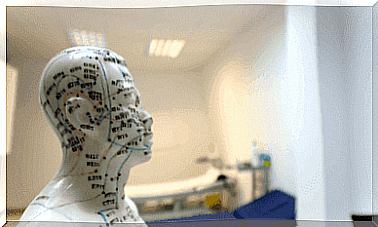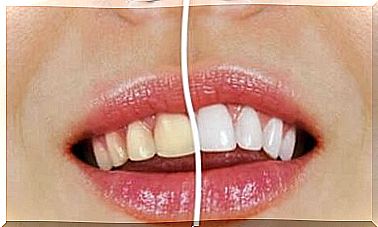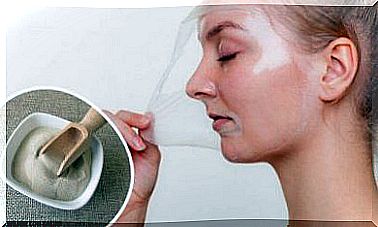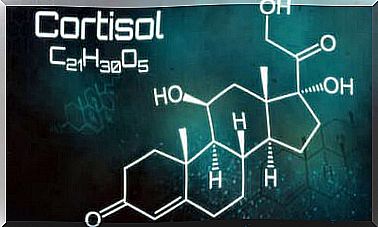How Do Microplastics Affect Our Health?

We know that we are exposed to a large amount of pollutants every day. One of these contaminants is microplastics. But how do microplastics ultimately affect our health? Are they harmful?
Let’s look at some of the key conclusions science has come to so far.
What are microplastics and where can they be found?
Microplastics are very small solid plastic particles. In fact, they are particles smaller than 5 microns. Currently, they can be classified into primary and secondary microplastics.
Primary microplastic products are made precisely so small that they are part of the manufacture of certain products. On the other hand, secondary microplastics occur as a result of the breakdown of larger plastic parts.
Usually, the action of the sun, wind, and waves weakens the plastic in the ocean, and these very small pieces of plastic become visible.
Deliberately added microplastic particles (or primers) are used in a large proportion of products marketed worldwide. They are widely used for various purposes. Below are some examples:
- Fertilizers and other plant protection products
- Cosmetics (makeup, gloss, exfoliation)
- Household and industrial detergents
- Cleaning products
- Paints
Some organizations, such as the European Chemicals Agency, want to restrict the deliberate use of this type of particle in industry.
Do microplastics negatively affect our health?

The impact of plastics on the marine environment is undeniable. There is insufficient scientific research on the effects of microplastics on human health. Therefore, we are unable to provide estimates of the impact of microplastics on human health.
In 2014, the European Food Safety Authority (EFSA) classified these types of particles as a “potential emerging risk”. However, in the same study, it made it clear that no analyzes and scientific data were known.
We currently know that our bodies do not absorb particles larger than 150 microns. Even the smallest particles also appear to have very little absorption. On the other hand, if we talk about nanoparticles (very, very small plastic particles), the absorption may be higher.
Therefore, more research is needed to assess how much our bodies absorb these particles as well as how toxic they are to our bodies.
How do plastic particles get into our bodies?
One of the main contacts of microplastics in humans arises through the food chain. They are present in the environment (especially in the marine environment) and can be swallowed by fish, livestock and poultry.
In general, however, animals do not consume microplastics, and if they do, they accumulate in the intestines and stomach (and then leave). So we can say that this path of contact is small.
This does not apply to shellfish and mussels as they are consumed whole. In addition to this, microplastics can also be found in other products such as honey, beer, sea salt and drinking water – both tap water and bottled water.
In addition to these food routes, contact may also come from other sources. The effect of cooking or baking on the presence of microplastics in foods is currently unknown. We are in contact with microplastics through many everyday products such as cosmetics, detergents, textile fibers or machinery.
Impurities related to microplastics
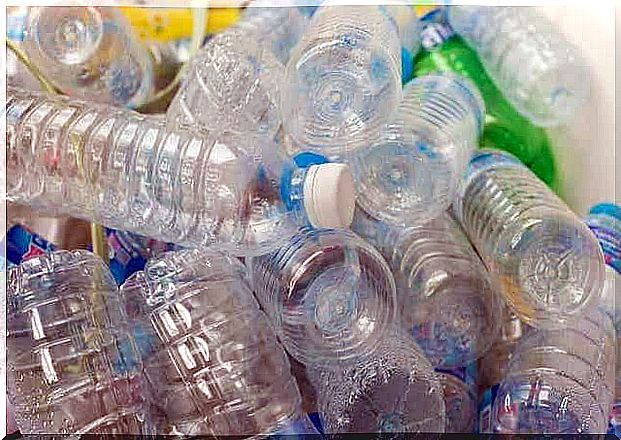
So far, it is clear that more research is needed to determine the degree of toxicity of microplastics to human health. However, some experts are also concerned about the operation of potentially associated contaminants.
Microplastics can contain about 4% additives, but they can also absorb some impurities. And the latter can be dangerous to human health.
Perhaps the best known of these is bisphenol A, a chemical compound widely used in the manufacture of plastics and recognized as a endocrine disruptor. Currently, its use is banned in certain types of packaging, such as baby bottles. We are also talking about phthalates, polycyclic aromatic hydrocarbons (PAHs) or polychlorinated biphenyls (PCBs).
Today, however, we find these chemicals in many different products. Fortunately, only a small percentage of these chemicals end up in our bodies through microplastics.
How do microplastics affect our health? More research is needed
Microplastics end up in the human body as a result of both ingestion and inhalation. The associated toxicity and health problems depend in part on particle size, associated chemicals, and dose.
Although scientists have been collecting data for about a decade, it is important and necessary to focus on studying this pollutant and its effects.


